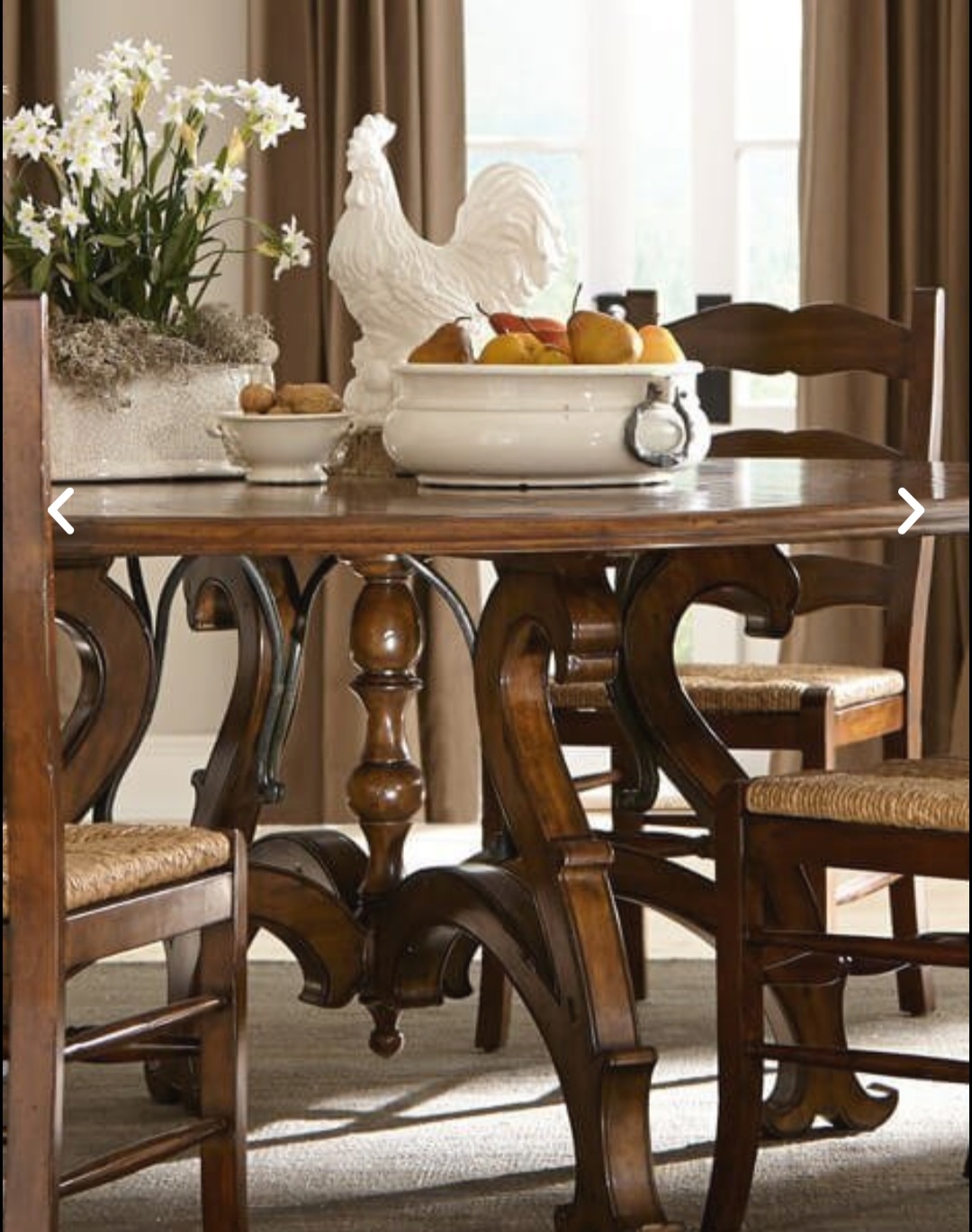When Arnab Saharoy set out to furnish his first real home, he got a little overwhelmed.
“I thought it would be a good experience, like buying car or a mobile phone, where I invested money and got a really good product and it was simple,” he recalls. “But I had no idea how to set up a home. And there was not an easy solution. I thought working with an interior designer would take forever.”

That’s when the idea for Spacejoy — an online marketplace that pairs consumers with designers to help them create a room and then furnish the space from manufacturing and retail partners — was born. It wasn’t a straight line from frustration to company formation, and other online design services like Havenly, Modsy and Decorist, got their first.
But since Saharoy launched Spacejoy in 2019, the company has helped more than 10,000 customers in 40 states design and furnish a room, and its customer base is growing 20%-25% month-over-month, according to Saharoy, who is chief executive officer of the company, which has headquarters in Santa Monica, California.
“I’ve very pleased with the growth we have seen in the past two years,” he says. “I think we have done significantly well and we have a good plan for growth.”
To continue growing, Spacejoy is concentrating its efforts on building traffic on its website, not only by continually tweaking its search engine optimization, but by reverse engineering that process to deliver the types of furnishings and services consumers are Googling. And with the company’s growth now concentrated in urban areas, it aims to expand its reach to more shoppers in suburban and exurban regions.

In addition, the company is investing in “realism” — virtual reality and other technology that can create ever-more realistic versions of furnishings and customers’ homes so they can truly see how a designers’ plans and furniture picks will look in their homes, Saharoy says.
“We have just started now focusing on VR, so customers can not just see an image on their desktop or phone but physically feel it and ‘be’ in their space designs through devices like Oculus,” he says.
Before Spacejoy, Saharoy co-founded Homefuly, an online home interior design and service company in India, and had experience as head of digital marketing for Myntra, a fashion and lifestyle e-commerce company, also in India. He took lessons learned from those experience to build his current company, one of a growing number of e-commerce businesses disrupting the interior design and home retail sectors.
“There’s definitely a disruption happening in this market. People didn’t think you could do all of this online but with the progress of technology and the realism, more and more customers are going to consider this a primary method of doing a room,” Saharoy says.
How it works
Like its competitors, Spacejoy brings basic, personalized design services to consumers who couldn’t otherwise afford such help. Spacejoy’s opening package is $129 and includes working one-on-one with a designer who will provide a full design for one room within 10 days (and with as many as two design revisions). Customers receive “ultra-real” 3D renderings of the design and a designer-curated shopping list, plus access to a “personal concierge team,” the company says.
The top package ($259) includes 2 full designs for one room with unlimited revisions, with the initial design delivered to the customer in shorter time frame of seven days. At this level, customers can have a phone consultation with the designer. The package also includes paint and window treatment recommendations. Like the opening package, it comes with 3D renderings, curated shopping lists and a personal concierge team.
To start the process, customers fill out an extensive questionnaire about their tastes, lifestyle and style preferences. “We also allow you to upload your existing furniture,” Saharoy says. “So, let’s say you have a sofa you love and are moving into a new space but you want to retain that sofa because you love it so much. We can do that. Once you upload pictures, we create 3D models of your room and then the designer starts creating the design.”

The company recently added technology that links to customers’ Pinterest pages (with their permission). “As part of the questionnaire when you sign up, we also ask you to share your inspiration boards. Once we have that, we have technology that identifies products in those images similar to products from our manufacturers and retailers. That helps the designer uncover inspirations, products and designs that you already love. There’s a strong interest in Pinterest integration among our designers at the moment. They are loving it.”
Vendors and designers
Spacejoy’s approximately 35 retail and manufacturing partners include well-known, midpriced brands such as Article, CB2, Crate & Barrel, Pottery Barn, Wayfair and West Elm, as well as some niche players. The company is beginning to experiment with launching private-label lines. Design fees, Saharoy says, go to the designers. Spacejoy earns its revenue from a portion of each piece of furniture or accessory sold.
Although certainly not how many interior designers are accustomed to working with clients, Saharoy says some designers like working through Spacejoy because they don’t have to market themselves to find clients or handle administrative tasks. And they’re able to work from anywhere, with a flexible schedule. The company currently works with 35 to 40 designers from a variety of backgrounds.
“Designers love to design and that’s what they can focus on,” Saharoy says.
Room by room
Overall, Spacejoy’s customers most frequently request help with living room design: “That’s the room customers typically start with,” Saharoy says. Bedrooms are the second-most popular space, followed by (in roughly equal proportions) home office, dining and kids’ rooms.
Between 30% and 40% of Spacejoy customers return to the company to do a second room, typically with the same designer who did the first, he says.
The company gets a lot of requests for kitchen or bath design, but, at least for now, Spacejoy is focusing on other rooms.
“Kitchen and bath requires contractors to do work at a physical location, so that’s more operational,” Saharoy says. “As a brand, we are very much focused on customer experience and technology.”


